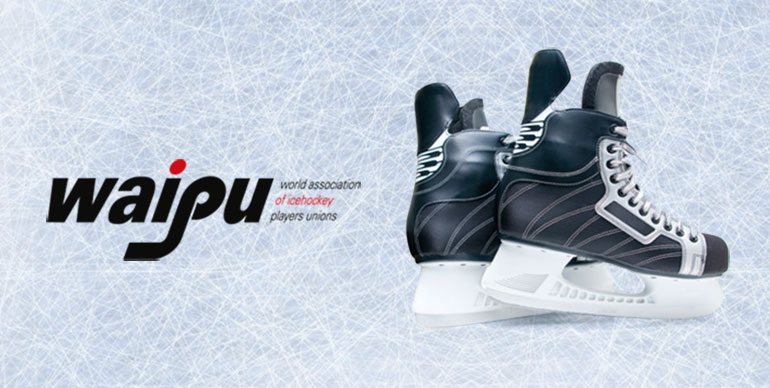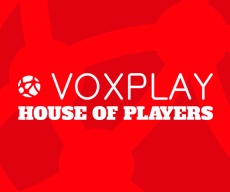WAIPU is supporting this appeal in order to protect the CHL hockey players

WAIPU President Dr. Lucien Valloni:
WAIPU President Dr. Lucien Valloni states: “WAIPU is supporting this appeal in order to protect the CHL hockey players. WAIPU realizes the significance of the appeal process for the CHL hockey players in their fights for pay equality; the Canadian justice system has mechanisms that support and protect professional athletes’ rights; no individual or business is above the law. “
Here below the translation in French of the article of Martin Leclerc of 19 October 2021:
(https://ici.radio-canada.ca/sports/1832795/chronique-martin-leclerc-hockey-junior-procedures-juridiques)
The Federal Court of Appeal was seized last week with a much inked case that still threatens to disrupt the business structures of North American professional hockey.
In September 2020, a hockey player who had just completed his internship with the Western Junior League, Kobe Mohr, filed a class action lawsuit in Federal Court.
Relying on the Canadian Competition Act, the complainant alleged that the three main North American professional circuits (the NHL, the AHL and the ECHL), as well as the three Canadian major junior hockey leagues (West, Ontario and Quebec) had illegally entered into arrangements preventing hockey players between the ages of 18 and 20 from practicing their sport professionally. Thus, on behalf of all the players who have already signed a contract with a major junior team, the plaintiff claimed global compensation of $ 825 million.
This is a major cause. Collectively, the leagues affected by this class action lawsuit are brewing billions of dollars and, in their defense, they are individually represented by the largest law firms in the country.
The whole affair revolves around a central question. The current arrangements force young elite hockey players to play for $ 70 a week, while in a free market they could monetize their talent. Are these arrangements between the leagues reasonable?
Hockey players who are members of the three major Canadian junior hockey leagues are generally between the ages of 16 and 20. However, the minimum age of eligibility for the NHL Draft is set at 18.
When a major junior player is drafted into the NHL draft, he or she can enter that league as young as 18 or 19. On the other hand, if he does not land a position in the NHL, this player is forced to return to play with his junior roster at $ 70 a week.
He is not allowed to advance to the second professional level, that of the American League, until the age of 20. In addition, a contractual clause provides for a fine of up to $ 500,000 if a player leaves his junior team to go to play professionally in Europe before the age of 20. Again, he is handcuffed and forced to gamble for $ 70 a week.
In his class action request, Kobe Mohr invoked in particular Part VI of the Competition Act, certain provisions of which directly concern professional sport. Section 48 (1), among others, qualifies as a criminal act any conspiracy, coalition or agreement which has the effect of:
- a) unreasonably limit the possibilities of another person to participate, as a player or competitor, in a professional sport or to impose unreasonable conditions on such participants;
- b) unreasonably limit the ability of another person to negotiate with the team or club of their choice in a professional league and, if agreement is reached, to play for that team or club.
Clearly, to anyone who understands the structure of North American hockey, the spider web that the leagues have woven over the years serves their interests and conflicts with the sections of the Competition Act. As a result, a sufficiently strong semblance of law seemed to exist to allow Kobe Mohr’s prosecutors to argue the junior hockey players’ case in court.
Especially since at this stage of the proceedings, a judge does not have to render a decision on the merits. All he has to do is review the preliminary arguments presented to him and determine whether the plaintiffs have an appearance of right. The judge must therefore give the runner a chance and interpret the arguments presented as generously as possible.
Except that last May, that’s not what happened.
Federal Court Chief Justice Paul Crampton has ordered a stay of proceedings. He sided with the league prosecutors’ arguments by deciding that it was absolutely clear and obvious that Kobe Mohr’s request had no chance of success, even adding that certain elements of his approach amounted to an abuse of process!
Crampton J.’s most astonishing argument was that Canadian competition law is not about purchasers of services. Yet if buyers of any type of commodity or type of service conspire or combine to lower their purchase price, they do have the power to distort the market and kill all competition.
So Kobe Mohr prosecutors took the decision to the Federal Court of Appeal last week. And they base their claim, among other things, on the fact that Justice Crampton’s decision is unprecedented and not supported by any case law.
So it will be very interesting to see what the judges of the Court of Appeal have to say. For a case of this type, which is not very complex, it should come as no surprise that a decision will be rendered before the holidays.
It goes without saying that the NHL and all the leagues affected by this appeal will fight very hard not to have to go to the trial stage. Because, at the end of the day, the players do have an appearance of entitlement.
In a larger context, it should also be remembered that in June of this year, just after Justice Crampton’s astonishing decision, North American law firmly shifted in favor of young athletes.
On June 21, in a unanimous decision, the United States Supreme Court ruled in favor of a group of student athlete arguing that the NCAA did not have the right to limit financial or other (education-related) benefits. ) to be granted to them in exchange for their participation in university sport.
In a decision concurrent with that of the majority, Judge Brett Kavanaugh even wrote: The NCAA is not above the law.
And he added that the NCAA model, which deprives student-athletes of salaries while they generate billions in revenue each year, would be outright illegal in just about any other sector of American industry.
In addition, thanks to new legislative provisions aimed at countering the monopoly of the NCAA, American student-athletes have been free, for several months, to conclude commercial agreements in order to monetize their image.
This is a real revolution.
It is not yet clear what will result from the proceedings brought by the Canadian junior hockey players.
But given the tone recently adopted by the U.S. Supreme Court, leaders of the NHL, AHL, ECHL, and major junior hockey leagues (some of which are based south of the border) should be thanking the heavens. that no action similar to that of Kobe Mohr has yet been brought in the United States.



